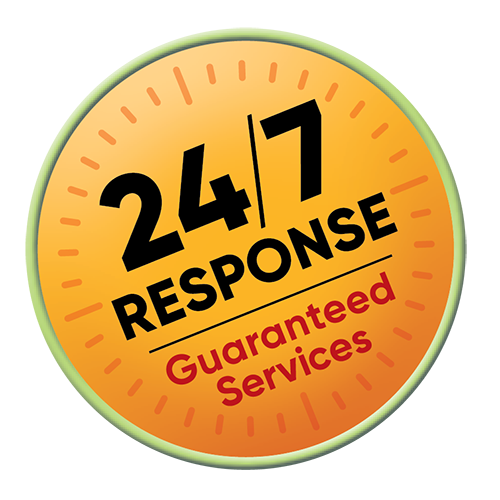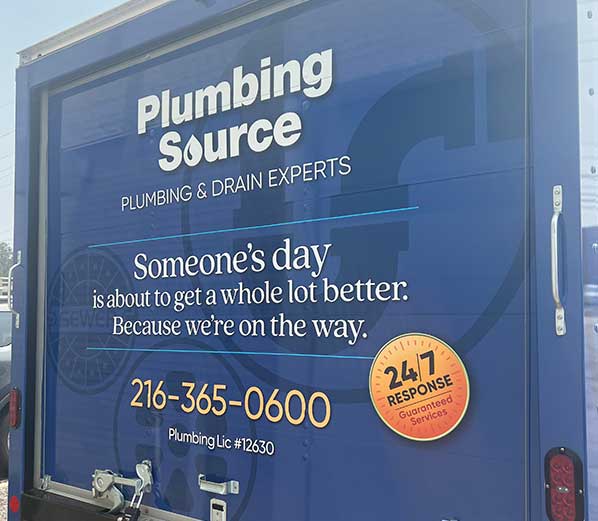What is a Water Softener and How Does it Work?
Hard water refers to water that contains a high quantity of mineral deposits, largely calcium and magnesium. The mineral-rich water leaves deposits on your plumbing, water-using appliances, and other fixtures in your home. It also clogs pipes and lowers the efficiency of your appliances.
One of the most effective ways to prevent hard water’s detrimental effects is to install a water softener. Here’s how it works:
What is a Water Softener?
A water softener is a home filtration system that eliminates problematic minerals from your water through a process known as ion exchange. Hard water can have a severe impact on any plumbing system and household appliances, like the dishwasher, coffee maker, and water heater. It can also clog pipes and jeopardize water pressure.
Without a water softener, you’ll need excessive amounts of detergent to prevent unsightly discoloration in your laundry. Hard water also leaves ugly streaks and stains on dishes, itchy and dry skin after baths and showers, and unhealthy, drier hair.
The solution to hard water is a whole-house water softening system that catches the impurities before it hits the pipes or faucets. A water softener’s primary components include a tall, slender softener tank and a short, broad brine tank. The softener tank connects to your home’s main water supply line.
A narrow fill-tube links this brine reservoir to the water softener tank and a discharge pipe connects the softener tank to an adjacent dry well or drainpipe for overflow. Inside the softener tank, the special resin beads remain permanently in the tank.
The brine tank features a removable lid that allows you to add potassium chloride pellets or salt pellets to it. It is best to install the water softener in your household plumbing system near the point at which water enters the house.
Correct installation by our professionals ensures that the unit softens your water before it reaches the taps or other fixtures, preventing mineral damage over time.
How does a Water Softener Work?
A water softener functions on a simple concept called ion exchange. Magnesium and calcium ions are suspended in the water swap places with healthier ions, like sodium. The process removes the negative effects of hard water because sodium doesn’t solidify in pipes or react negatively with soap and other detergents.
If you’re concerned about ingesting more sodium, don’t worry—it only adds a negligible amount of sodium to the water (not more than 12.5 milligrams per eight-ounce glass). The sodium guidelines from the FDA classify this amount far below the “very low sodium” figure.
If you have specific health issues and want to consider a different softener, there are other options. You may also want to soften the water only for the washing machine or dishwasher.
The ion exchange occurs within a tank filled with resin beads, a necessary location for the positively charged sodium ions to attract negatively charged beads. As the water flows past the resin beads, the sodium ions exchange places with the magnesium and calcium, which has a more powerful positive charge. After several cycles, magnesium and calcium replace all the sodium in the beads.
The water softener eventually stops functioning as it becomes saturated by the magnesium and calcium ions. At this point, it needs a regeneration cycle to resolve the issue, which involves soaking the resin beads in a powerful saltwater solution or sodium chloride. The high concentration of sodium in the brine solution then forces the magnesium and calcium ions in the resin beads to give way once more.
Once the beads recharge with sodium, the water softener regenerates, flushing the residual brine and all the magnesium and calcium through a drainpipe. The regeneration process produces about 25 gallons of saltwater, so it’s more than enough to run an entire household.
While most domestic water softeners employ the resin bead and salt approach, each one differs in how it determines when to regenerate. Some units use electric timers, which regenerate and flush based on a schedule. Other water softeners have a computer that determines bead depletion according to water usage.
You will also find water softeners equipped with a mechanical meter. It determines water usage and activates the regeneration process only when there is sodium exhaustion.
How do you Install a Water Softener?
If the idea of a water softener appeals to you, it’s best to contact our professional, certified plumbers or well-water contractors to do it for you. If you’re looking for a reliable water softener installer in the Cleveland area, The Plumbing Source has more than 35 years of experience in the business.
If you have any questions on plumbing and water filtration or water softeners, call our friendly experts at The Plumbing Source at 877-768-7239 today.
When you call The Plumbing Source, you made the RIGHT call!
Plumbing emergency? We respond any time!




